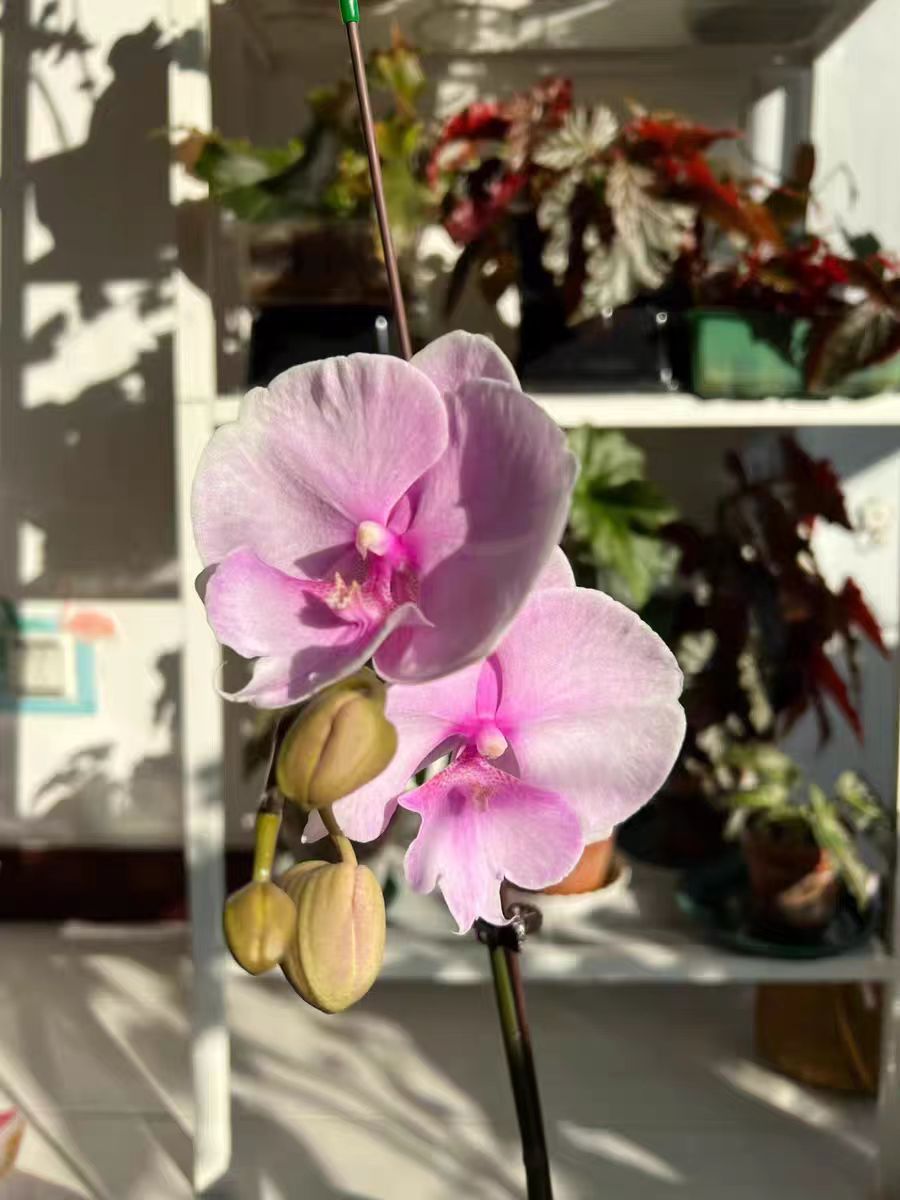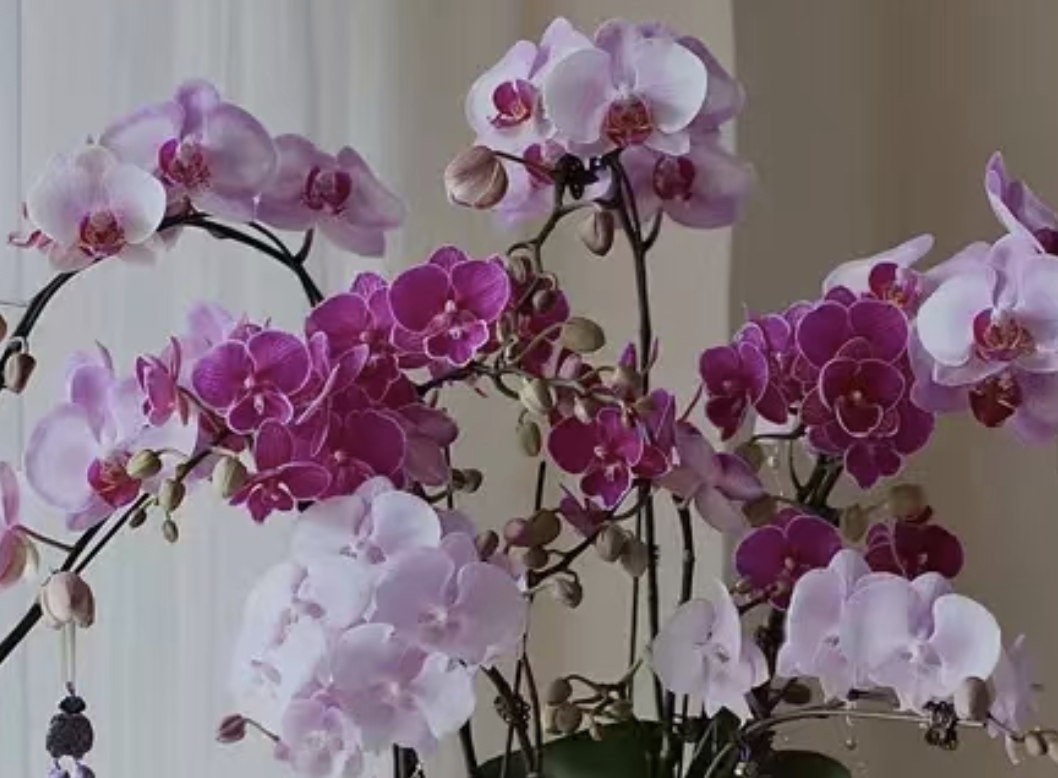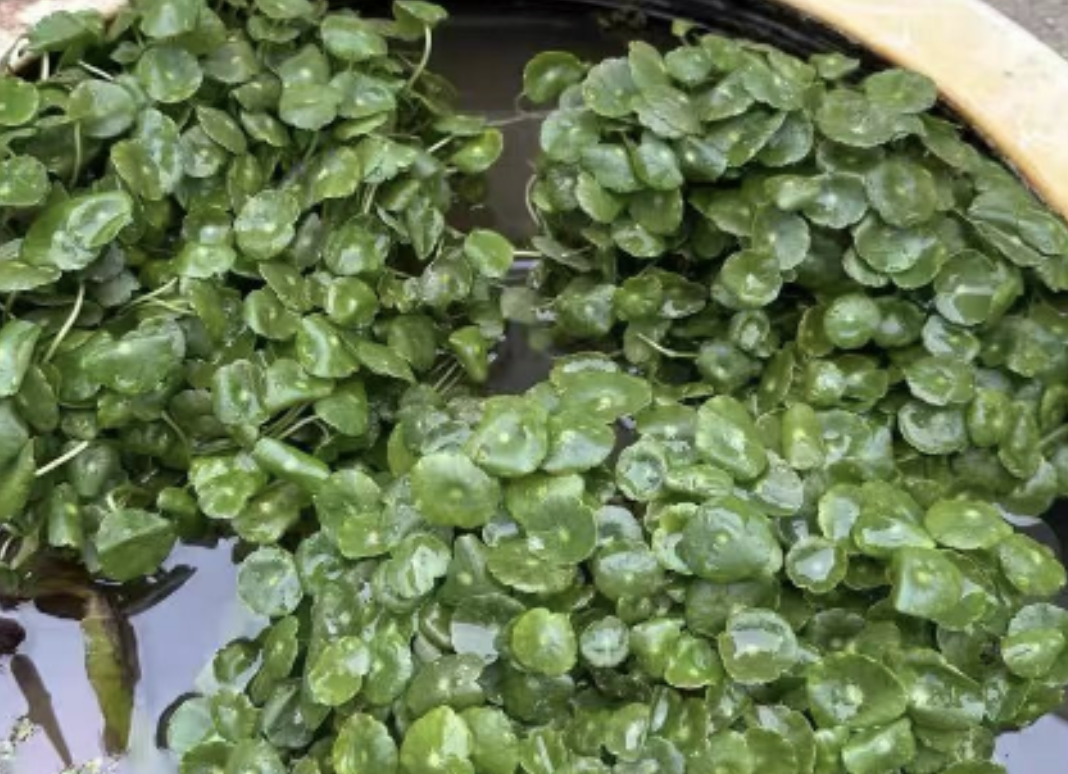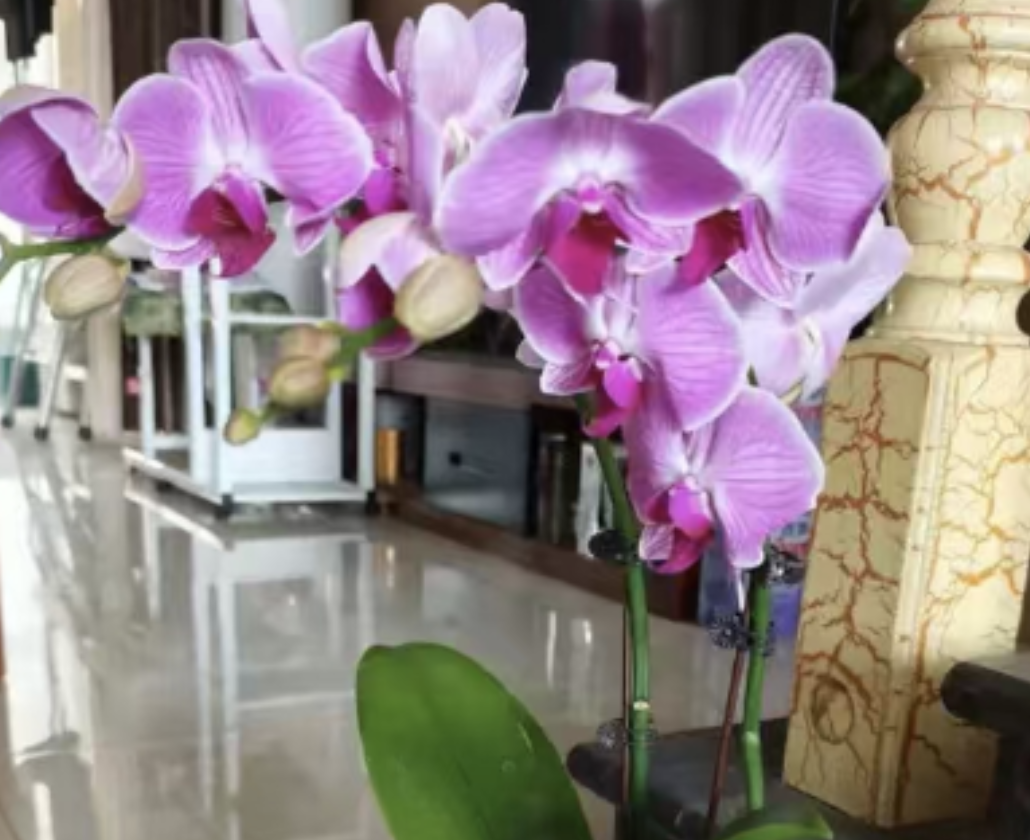Phalaenopsis growers must have encountered this: the pot is filled with numerous long old roots, some even black and rotten, which is worrying!
Phalaenopsis roots are no ordinary decorations—they not only absorb water and nutrients but also perform photosynthesis, making them multi-functional! If you find old roots densely packed in the pot, don’t rush to trim them. First, check their condition: if the roots still have white or light green "crystal tips" on the surface, they are still working and should be left alone!
For pruning, only target shriveled, yellowed roots that feel soft like noodles. Use a disinfected scissor to gently cut 1–2 cm from the base, then dust the wound with carbendazim powder to prevent infection. Avoid watering immediately after pruning; wait until the wound dries slightly to avoid root rot. If the roots seem too messy, use a transparent pot to coil the long roots along the pot wall, creating an aesthetic shape while allowing easy root observation.
When roots turn black, mushy, or emit a sour odor, drastic rescue is needed! Gently remove the Phalaenopsis from the pot, rinse the roots under running water to reveal the rotted area. For minor rot, cut off all damaged roots until healthy white tissue is exposed. If most roots are rotten but a few remain healthy, prune boldly and repot—they might still recover!
After pruning, disinfect the wounds: soak roots in a carbendazim or potassium permanganate solution for 15–20 minutes in a clean container, then air-dry in a cool, ventilated area. When repotting, avoid ordinary soil; use breathable media like sphagnum moss, bark, or coconut coir. Soak sphagnum moss, squeeze out excess water, wrap it around the roots layer by layer, and gently place it in the pot.
To keep roots healthy, maintain careful daily care:
Water only when the sphagnum moss surface feels dry, and water thoroughly without waterlogging.
Apply diluted orchid-specific fertilizer every half month—avoid over-fertilizing.
Ensure good ventilation to prevent damp, stuffy environments.
If leaves turn yellow or soft, root problems are likely—remove from the pot for inspection immediately!
Phalaenopsis roots are like our bodies: regular observation, care, and timely treatment of issues will restore vitality quickly. Next time you face old or rotten roots, don’t panic—follow these steps, and your Phalaenopsis will bloom beautifully again!
What should I do if Phalaenopsis has too many long old roots?

Share with
Tagged in :




Leave a Reply